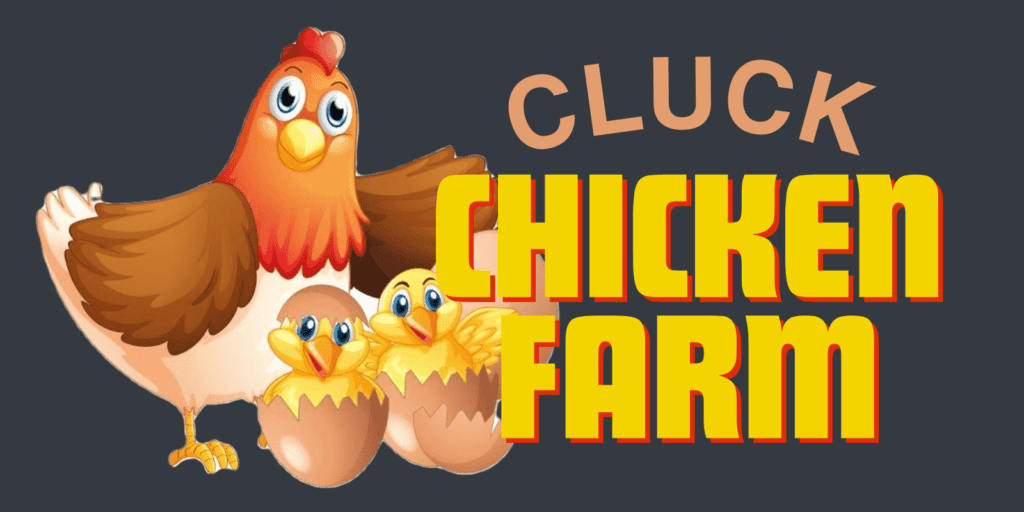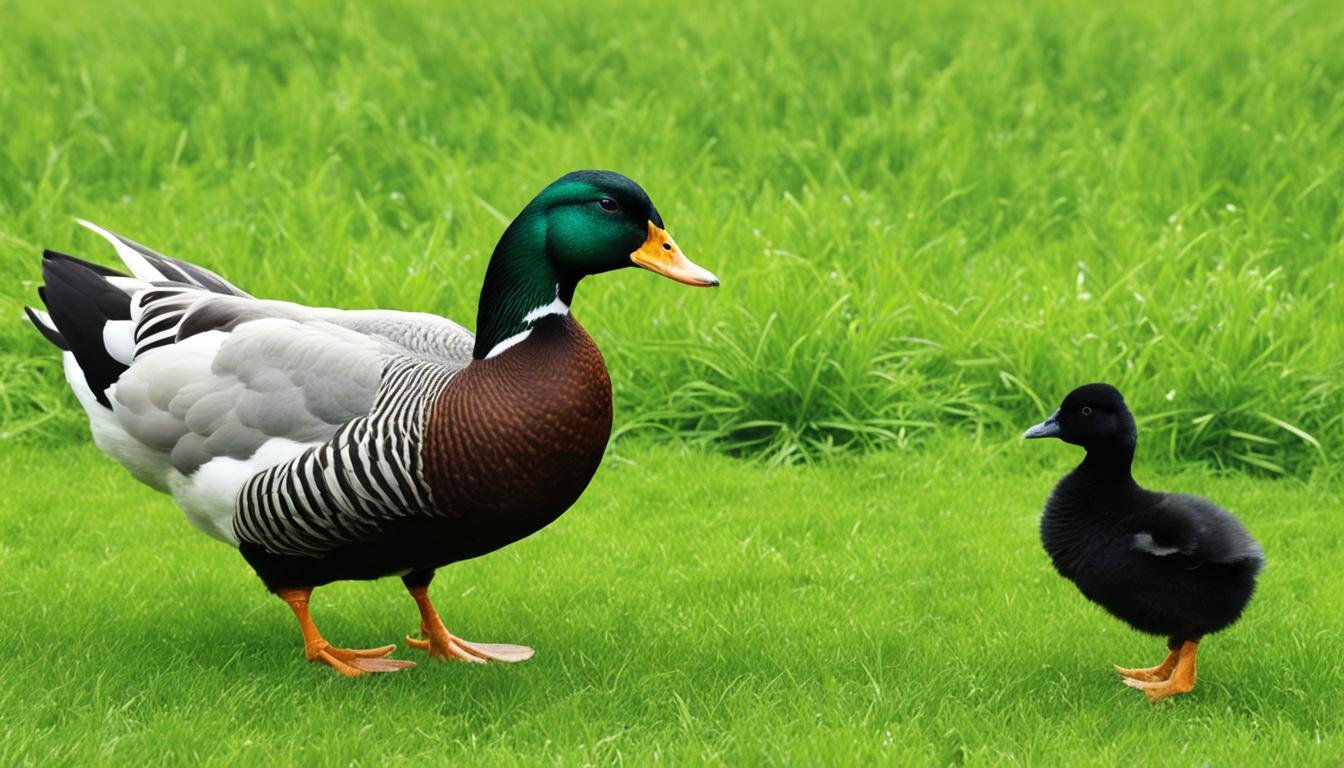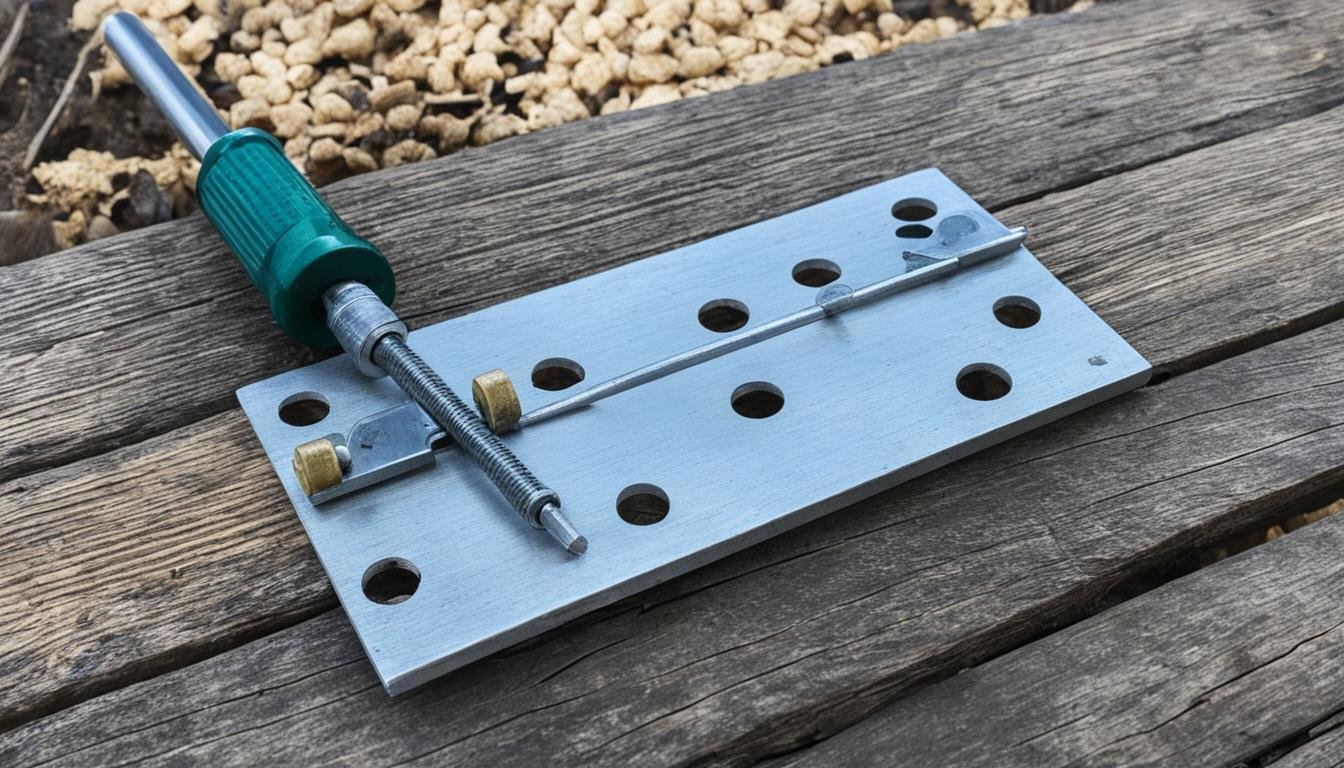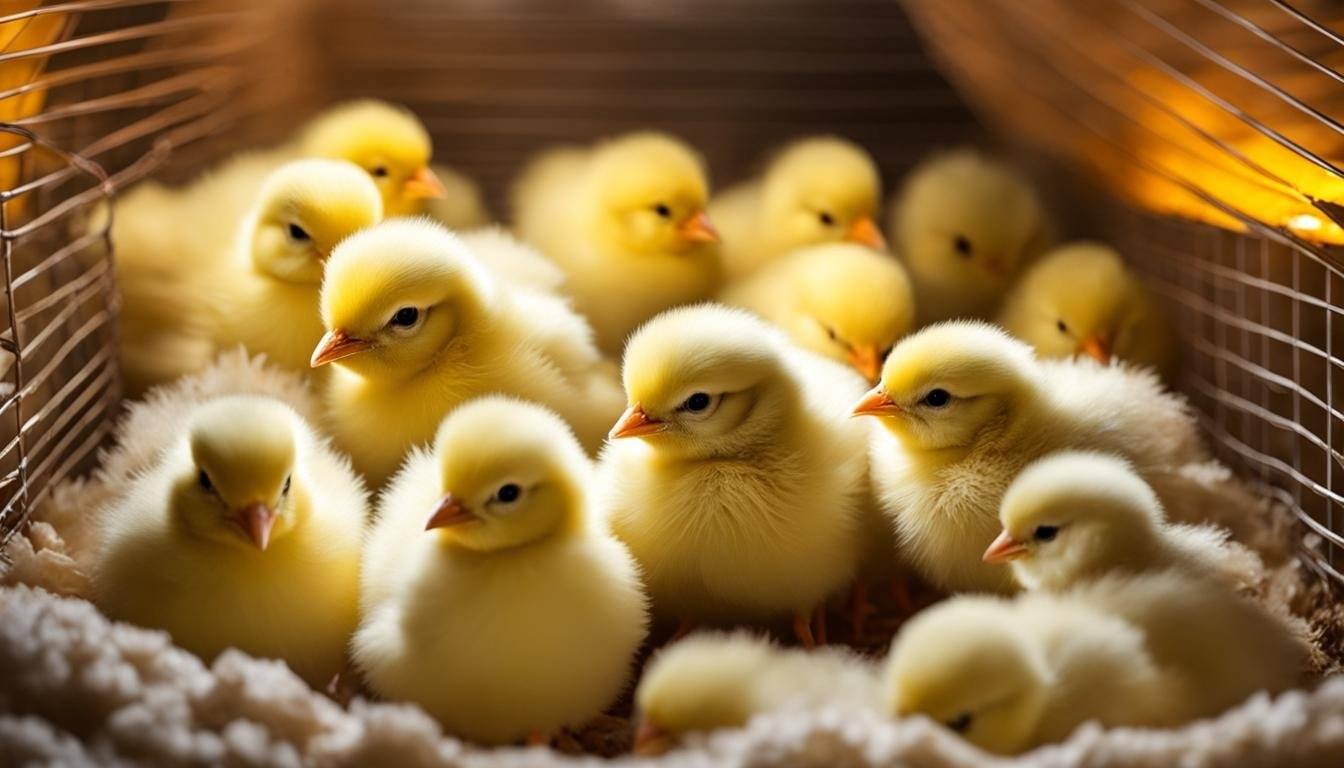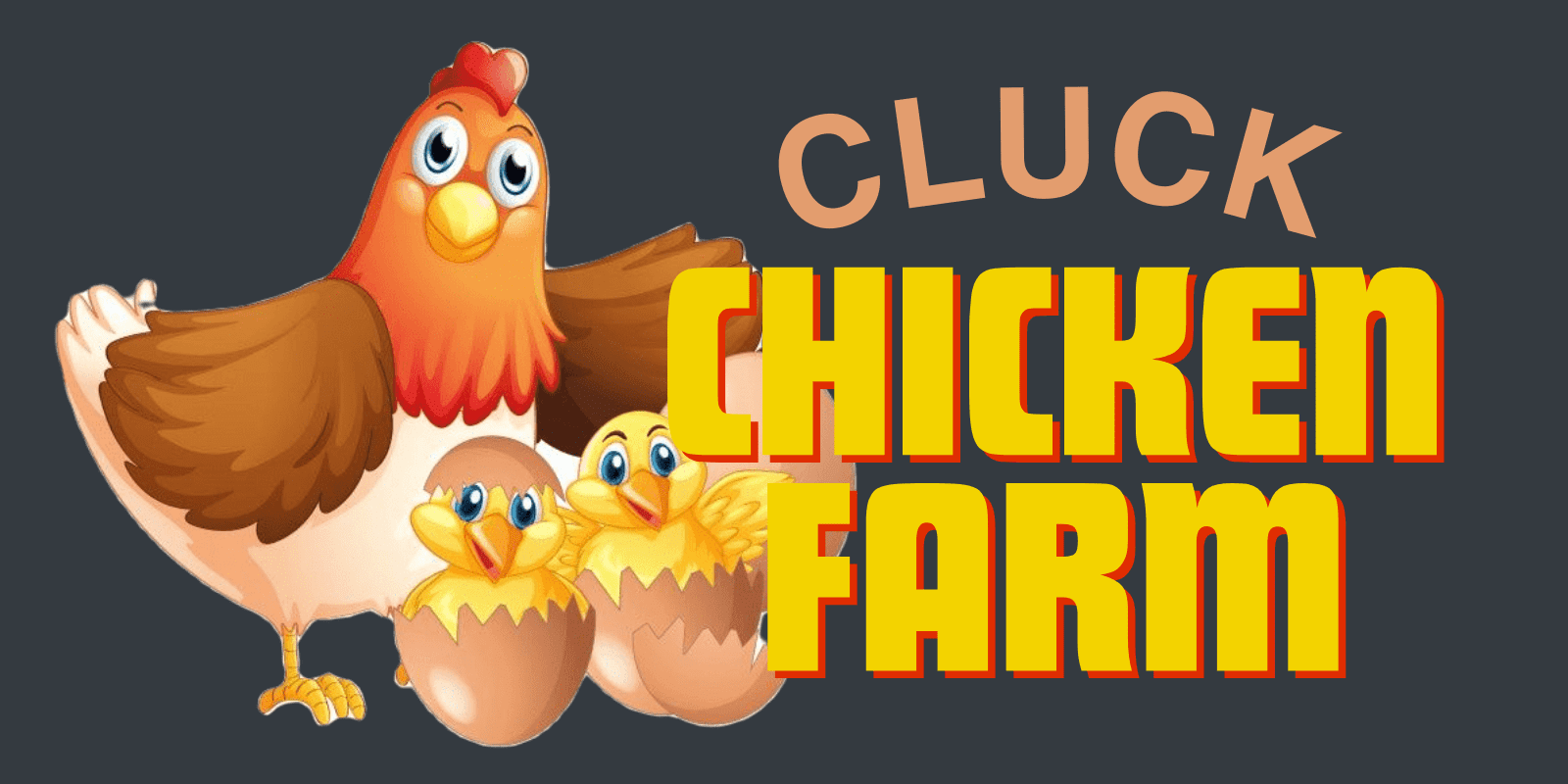Welcome to our informative article on the intriguing topic of duck and chicken mating. Have you ever wondered if these two bird species can breed and produce offspring? In this article, we will explore the fascinating world of duck and chicken breeding and discover the truth behind their compatibility.
Many people are curious about the possibility of crossbreeding a duck and a chicken. While it is biologically possible for a duck and a chicken to mate, it is a rare occurrence. However, it is essential to note that the resulting hybrid offspring is typically unpredictable and sterile. In addition, the eggs produced by such a crossbreed are inedible.
Throughout this article, we will delve into the reasons why allowing a drake (male duck) to mate with a hen (female chicken) is not recommended. We will explore the potential harm that can be caused to the hen due to the external sex organ of the drake. It is vital to prioritize the well-being and safety of our feathered friends.
So, if you are curious about the compatibility between ducks and chickens and the fascinating behaviors and rituals associated with their mating, this article is for you. Let’s uncover the truth about duck and chicken mating and gain a deeper understanding of these wonderful creatures.
Reasons Why a Drake Should Not Mate with a Hen
Allowing a drake to mate with a hen can have detrimental effects on the hen’s health and well-being. There are several reasons why it is advisable to prevent such crossbreeding:
- Harmful External Sex Organ: The anatomy of a drake’s external sex organ can cause significant damage to a hen during mating. This can lead to vent prolapse, internal organ damage, bleeding, and the introduction of bacteria, posing a serious threat to the hen’s health.
- Violent Mating Behaviors: Drakes tend to be more aggressive and forceful during mating compared to roosters. This can result in injuries such as torn skin and bleeding for the hen. Their vigorous mating attempts can also be fatal, especially for smaller chicken hens.
- Physical Size Difference: Ducks and chickens have distinct physical differences, including size variations. The size disparity between a drake and a hen makes it physically difficult and dangerous for them to mate. The sheer force exerted by the drake can potentially cause serious injuries or even death to the hen.
Considering these reasons, it is crucial to prevent drakes from mating with hens to ensure the safety and well-being of the hens involved.
Mating Behaviors in Ducks and Chickens
Ducks and chickens exhibit fascinating mating behaviors that showcase their unique rituals and gestures. Understanding these behaviors can provide valuable insights into the reproductive practices of these avian species.
Duck Mating Behaviors and Rituals
When it comes to duck mating behaviors, several distinct rituals are commonly observed. One such behavior is nod swimming, where a female duck expresses interest by swimming quickly with her neck held high. This gesture serves as a signal to potential mates that she is receptive to their advances.
Another fascinating behavior is head pumping, which is characterized by the rhythmic bobbing of heads by both drakes and female ducks. This behavior typically precedes mating and serves as a form of communication between prospective partners.
Male ducks also impress potential mates through a behavior known as grunt whistling. During this remarkable display, the male duck positions its head above the water and emits a whistle that is intended to catch the attention of the female ducks.
A distinct behavior known as head-up tail-up is also seen in male ducks attempting to attract female partners. In this behavior, the male duck raises its wing and tail, showcasing the vibrant colors and intricate patterns of its feathers.
Chicken Mating Behaviors and Rituals
Chickens, on the other hand, engage in their own fascinating mating rituals. The most notable behavior is the ‘rooster dance,’ where the male rooster circles around the hen while dropping its wings. This intricate dance is a form of courtship and is intended to impress the hen.
If a hen is interested, she will lower her back, allowing the rooster to mount her. This behavior often results in missing feathers on the hens’ backs due to the rooster’s claws during copulation.
| Duck Mating Behaviors | Chicken Mating Behaviors |
|---|---|
| Nod swimming | Rooster dance |
| Head pumping | – |
| Grunt whistling | – |
| Head-up tail-up | – |
In summary, ducks and chickens have distinct mating behaviors and rituals. Ducks employ various gestures and sounds, such as nod swimming, head pumping, grunt whistling, and head-up tail-up. Chickens, on the other hand, engage in the famous rooster dance as a form of courtship. Understanding these mating behaviors provides valuable insights into the fascinating world of avian reproduction.
Duck and Chicken Eggs: Similarities and Differences
When it comes to eggs, ducks and chickens have more in common than meets the eye. Both these feathered creatures lay eggs as part of their reproductive processes. While the structures and processes involved in egg production are similar, there are notable differences between duck and chicken eggs. Let’s delve into the fascinating world of these oval wonders and explore their similarities and distinctions.
Similarities in Structure and Production
The development of both duck and chicken eggs follows a comparable series of steps. First, the yolk is formed in the ovary. Next, the yolk travels to the infundibulum, where fertilization can occur if a drake or a rooster has mated with the female bird. Then, the egg enters the isthmus, where the addition of the cell membrane takes place. Finally, in the uterus, the shell forms around the egg.

Differences in Nutritional Value
One significant difference between duck and chicken eggs lies in their nutritional composition. Duck eggs are packed with nutrients and are known to contain more vitamins, minerals, and healthy fats compared to chicken eggs.
Here’s a comparison of the nutritional value per 100 grams of duck and chicken eggs:
| Duck Eggs | Chicken Eggs | |
|---|---|---|
| Calories | 185 kcal | 143 kcal |
| Protein | 12.81 g | 12.56 g |
| Fat | 13.77 g | 9.51 g |
| Cholesterol | 884 mg | 424 mg |
| Vitamin A | 1296 IU | 790 IU |
| Vitamin B12 | 7.83 µg | 0.89 µg |
| Vitamin D | 27.4 IU | 82 IU |
| Calcium | 63 mg | 56 mg |
| Iron | 3.12 mg | 1.75 mg |
Inedibility of Crossbred Duck and Chicken Eggs
While the similarities between duck and chicken eggs are fascinating, it’s important to note that eggs from a crossbred duck and chicken are inedible. Due to the genetic variations resulting from crossbreeding, these eggs are not fit for consumption.
Now that we’ve uncovered the similarities and differences between duck and chicken eggs, the next section will explore the ins and outs of raising ducks and chickens together.
Keeping Ducks and Chickens Together
Keeping ducks and chickens together can be a harmonious and rewarding experience with proper considerations. While these two poultry species have some differences in their needs and behaviors, they can coexist successfully in the same backyard. Here are some essential tips for raising ducks and chickens together:
- Accommodating Different Needs: Ducks enjoy splashing and bathing in water, so it is crucial to provide them with access to a water source. On the other hand, chickens prefer dry and warm conditions, as their feathers are not as resistant to water. Therefore, having separate areas in your coop for ducks to enjoy water activities and dry areas for chickens is important to meet their individual needs.
- Designing the Coop: When designing your coop, take into consideration the specific requirements of both ducks and chickens. Ducks prefer nesting areas on the floor, while chickens prefer roosting areas above the ground. Providing these separate spaces will ensure that each species has a suitable place to rest and lay eggs.
- Dealing with Aggressive Males: It’s important to note that drakes (male ducks) and roosters can sometimes display aggressive behavior towards each other. This can make it challenging to keep them together in the same enclosure. Monitoring their interactions and separating them if necessary will help maintain a peaceful environment.
- Feeding: Ducks and chickens can be fed the same type of feed, simplifying the feeding process. However, it’s important to provide them with a balanced diet that meets their nutritional needs. Consult with a poultry nutritionist or veterinarian to ensure that you are providing the appropriate feed for both species.
Duck and Chicken Compatibility
| Aspect | Ducks | Chickens | Compatibility |
|---|---|---|---|
| Water Needs | Require access to water for splashing and bathing. | Prefer dry and warm conditions. | Compatible with separate water areas in the coop. |
| Nesting Preferences | Prefer nesting areas on the floor. | Prefer roosting areas above the ground. | Compatible with separate nesting and roosting areas in the coop. |
| Male Aggression | Drakes can be territorial and aggressive towards roosters. | Roosters can display aggression towards drakes. | Requires monitoring and potential separation. |
| Feeding | Can be fed the same type of feed as chickens. | Require a balanced diet for optimal health. | Compatible with the same type of feed. |
With careful planning and attention to their individual needs, ducks and chickens can live together peacefully, offering a delightful addition to your backyard poultry keeping experience.
Reasons Ducks and Chickens May Fight
While hens and female ducks generally do not fight, conflicts between drakes and roosters can occur. Understanding the reasons for aggression between ducks and chickens is crucial in maintaining a peaceful poultry flock.
1. Conflicts Over Mates
Drakes and roosters may fight over the female birds in the flock. This territorial behavior can result in injuries or even death among the birds. Maintaining a balanced male-to-female ratio is essential to prevent fights and maintain harmony in the flock.
2. Overcrowding in Flocks
Overcrowding in flocks can lead to increased aggression among ducks and chickens. When birds are cramped for space, they may become more territorial and engage in fights to establish dominance. Ensuring there is sufficient space for all birds in the flock is important to prevent conflicts.
3. Inadequate Nutrition
Inadequate nutrition can also contribute to aggression in poultry flocks. When birds do not receive sufficient food or the right balance of nutrients, they may become irritable and more prone to fighting. Providing a well-balanced diet to ducks and chickens is essential in reducing aggression.
4. Introduction of Ducks and Chickens
Introducing ducks and chickens together for the first time can cause aggression, especially if they are not familiar with each other. It is advisable to introduce them while they are still young and to monitor their interactions closely. This allows them to establish a pecking order and reduces the chances of fights in the future.
By addressing these potential triggers of aggression, poultry keepers can create a harmonious environment for ducks and chickens to coexist peacefully.

Symbolic Meaning of Ducks
In various cultures and mythologies worldwide, ducks hold significant symbolic meaning and spiritual significance. These graceful creatures embody various qualities that offer valuable life lessons and deeper insights into our own existence.
Adaptability and Flexibility
Ducks are known for their remarkable adaptability and flexibility. They teach us to navigate life’s challenges with ease and to go with the flow. Just as ducks effortlessly move between water and land, they remind us to embrace change and remain adaptable in all circumstances.
Emotional Depth and Intuition
Ducks symbolize emotional depth and intuition. They encourage us to connect with our feelings on a deep level and trust our instincts. By embracing our emotions and listening to our inner voice, we can make wise decisions and find clarity in every aspect of our lives.
Grace and Elegance
With their gentle movements and graceful presence, ducks epitomize elegance. They glide through the water with fluidity, teaching us to move through life with grace and poise. Embracing our inner gracefulness allows us to face challenges with elegance and maintain a sense of calmness amidst chaos.
Protection and Nurturing
Ducks symbolize protection and nurturing. They are fiercely protective of their offspring, highlighting the importance of safeguarding and caring for our loved ones. Ducks remind us to prioritize the well-being of ourselves and others, creating a nurturing environment that fosters growth and happiness.
The symbolic meaning of ducks is deeply rooted in various cultural and mythological beliefs. From ancient mythology to modern spirituality, ducks serve as powerful messengers and symbols that inspire us to embrace the virtues they embody.
Conclusion
After exploring the topic of duck and chicken mating, it is evident that while these two species can coexist together, their compatibility for breeding is limited. While rare instances of successful mating between a rooster and a female duck have been recorded, the resulting offspring are often unpredictable and sterile. It is important to prevent drakes from mating with hens to avoid potential harm to the hen due to the physical differences between the two species.
Although there is no scientific evidence of a hybrid crossbreed between ducks and chickens, studying their mating behaviors and rituals offers unique insights into their interactions and compatibility. Ducks and chickens have distinct mating behaviors, with ducks displaying gestures like nod swimming and grunt whistling, while chickens engage in ritualistic movements such as roosters circling hens with dropped wings. These behaviors demonstrate the diverse nature of these species and shed light on their innate instincts.
In conclusion, while duck and chicken breeding may not be recommended, their cohabitation can be successful with proper considerations. Understanding the limitations of crossbreeding and the behaviors of each species allows for responsible poultry keeping. By providing suitable environments and recognizing the importance of maintaining a balanced male-to-female ratio, individuals can create harmonious living conditions for these unique feathered creatures.
